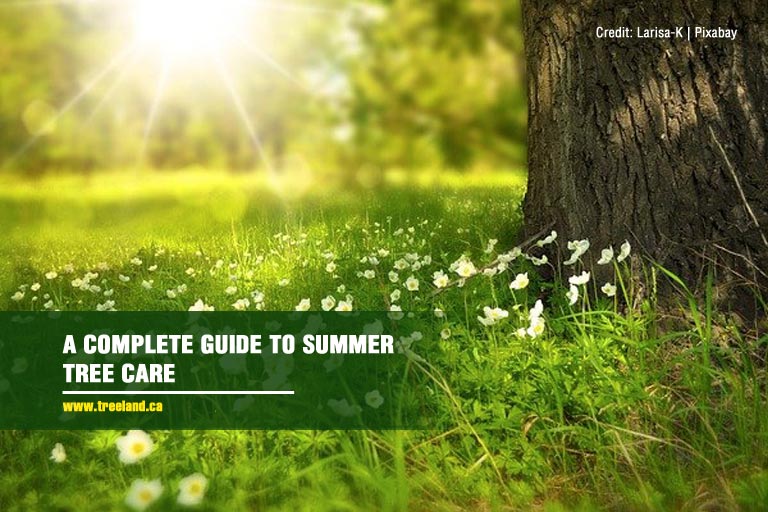Droughts, summer storms, wildfires, the scorching sun — these are the worst enemies of trees this time of year. Although our region enjoys a temperate climate, making these occurrences rare, we still have to be wary about the impact of the summer heat on our trees.
The trees in your property need quality care and maintenance all year round so they stay healthy and beautiful. Here’s how to take excellent care of them amid the long hot and humid days this season.
First Things First: Have Your Tree Inspected
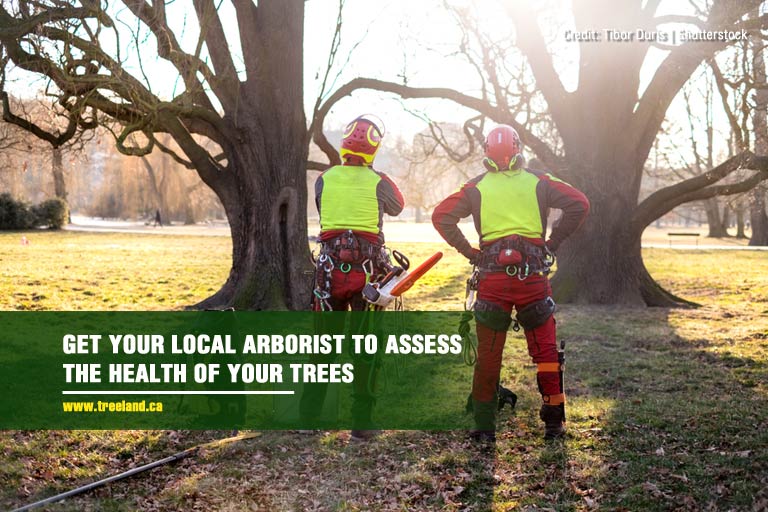
Taking care of your trees is never a question of “Does my tree need care?” Instead, you should be asking, “How much care does my tree need?”
Take the summer as an opportunity to prepare your trees for fall. To make sure proper steps are taken, hire a certified arborist to inspect and evaluate your trees. They can tell if a tree is healthy, or which ones need more care than the others. They can also provide you with a detailed proposal on what to do to improve your landscape.
Tree experts will also be able to give valuable advice on irrigation, mulching, and other important summer tree maintenance essentials.
The Essential Do’s and Don’ts of Summer Tree Care
- DON’T overwater your trees
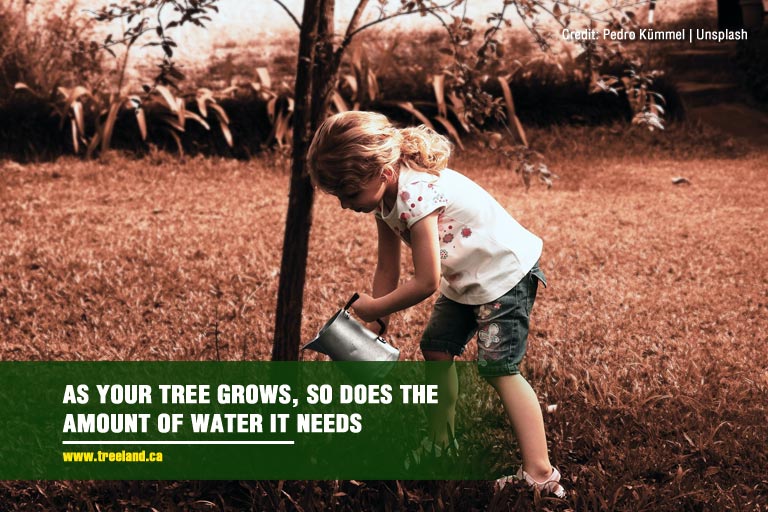
Most of us think that plants get dehydrated easily during summer because the heat evaporates the water faster. While it’s true that moisture levels are harder to maintain when temperatures are high, we don’t have to overwater our trees to compensate for the loss.
Generally, the best indicator for a tree that needs watering is the soil surrounding it. Soggy or damp soil means you don’t need to water the tree yet. Do not soak the soil; try to aim at the roots for optimum watering.
That said, you still need to be consistent in watering your trees. Keep in mind that:
- You need 45 litres of water for every 2.5 cm of the trunk’s full diameter. Use a ruler at knee height to measure the diameter, or you can estimate it by eye. Seek the help of an arborist so you know how to do this properly.
- Water evaporates faster midday, so early morning or late afternoon are the recommended times for watering your trees. This also helps your trees deal with the heat in the course of the day.
- Trees respond better to less frequent deep watering, which allows water to seep deeper into the ground and encourages roots to grow deeper. Practice deep and thorough irrigation done every 2 weeks.
- Some tree species may require more water than others. Most maples often follow the 45 litre rule of thumb, but some evergreen trees have more specific needs for watering.
- DO take good care of the soil
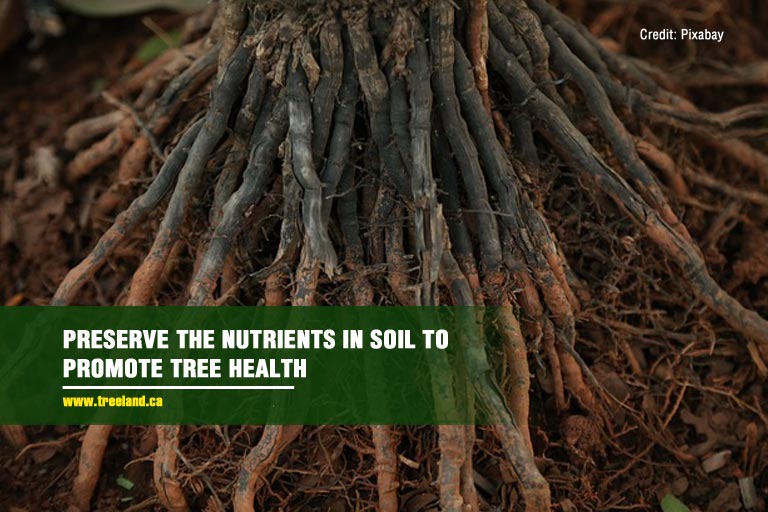
It’s where your tree is anchored upon, and where it gets the nutrients needed to stay alive. Good soil in the summertime can be achieved by doing three things:
- Aeration
Extremely compact soil prevents your trees from getting the appropriate amounts of water and nutrients they need to survive. Aerating the soil increases the flow of air and water into the roots, allowing your tree to “breathe” properly. To aerate your soil:
- Prep the soil near your tree by moistening it lightly to make it soft.
- Make a series of holes 5 cm in diameter, 50 cm deep, 5 cm apart from each other. Start roughly 1 metre away and go back every half metre until you hit the canopy.
- Fill each hole loosely with topsoil.
- Add mulch on top.
- Mulching
Hay, straw, wood shavings, rice or buckwheat hulls, and other organic plant residues can be used as mulch that fertilizes the soil and retains its moisture. It also protects the roots from weeds and the heat, and enhances the tree’s full aesthetic features. When applied properly, mulch helps young trees take in more water and set down strong root systems.
You don’t need mounds of mulch to help your trees stay healthy; one layer around 5 to 10 cm thick is enough. Spread it around the root zone and rake the top layer to keep it fresh.
As soon as you see signs of decomposition, soil erosion and discoloration, replace the old mulch with a new batch. Fresh wood chips are not recommended since their high acidity could injure young trees.
- Fertilization
Nutrients in fertilizers, such as nitrogen, potassium, and phosphorus facilitate the healthy development of leaf and shoot systems and root growth. They also help protect the tree against diseases and pests.
Springtime is the ideal season for soil fertilization, but a light fertilizer application can be done early in the summer with reasonable temperatures and ample soil moisture. Trees and shrubs affected by summer drought should NOT be fertilized.
In choosing the right fertilizer for your tree, find one that has a controlled release and low salt index. Look for a product that’s suited to your region. If you’re living in an urbanized area, your trees might have higher fertilization needs.
- DON’T prune or trim your trees
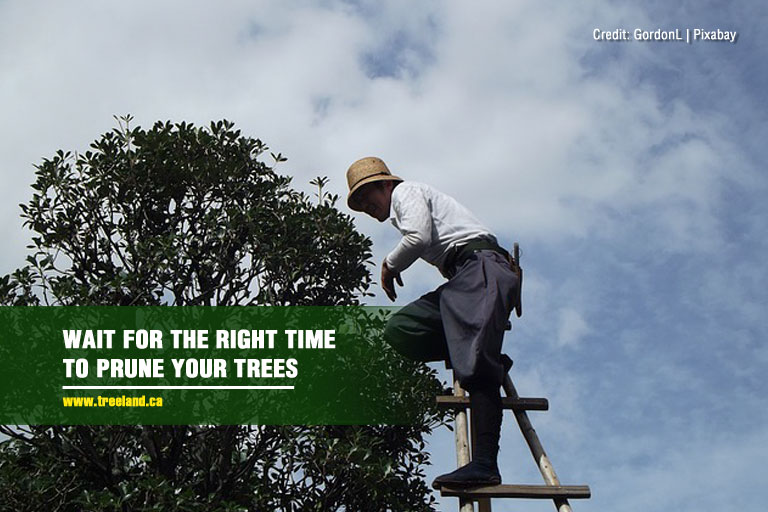
Trees are in their most active state of growth in the summer. A blooming tree may appear overcrowded because of the lush green leaves and thick canopy, but trimming them at this time can stress the tree and do more harm than good.
You need to wait until its dormant period (late fall or early winter) before you can perform regular trimming and pruning.
However, pruning must be done immediately if your tree has diseased or damaged branches. In this case, call your local arborist so the best course of action can be taken to prevent your tree’s untimely demise.
- DO look after your trees’ overall health by:
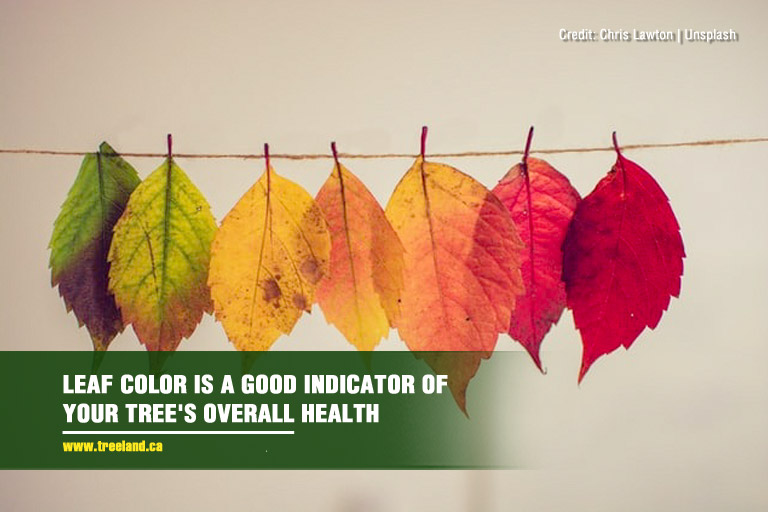
- Root out pests
Pests thrive in the warm summer weather, so check your trees every week for any signs of infestation. Examples of pests that could ravage your trees include:
- Lace bugs
- Magnolia scale
- Sawflies
- Bagworms
- Japanese beetles
- Aphids
- Wilt
- Leaf spot
- Spider mites
- Armillaria, phymatotrichum, xylaria fungi species, and the water mould phytophthora that cause root rot
Cleanly bored holes, dripping sap, and dead branches are signs of larval infestations that negatively impact your tree’s water uptake. Keep an eye out on neighbouring trees as well, so you can prevent these pests from spreading locally within your vicinity.
- Safeguard trees from heat stress
Trees provide cool and shade, but they also need these two in order to survive. When exposed to excessive heat, the leaves on your trees will droop, wilt, and yellow — which isn’t the sign of a tree that’s perfectly thriving in the summer. Left unattended, your tree could die early.
Aside from putting mulch to reduce the temperature around your tree, make sure your landscaping materials aren’t contributing to the heat in your property. Water surfaces, glass, block walls, and other heat absorbing structures can worsen the heat stress on your trees. Refrain from using decomposed granite as mulch because it also absorbs heat.
- Secure your trees
- Barriers – Protect your trees from the impacts of foot traffic by investing in substantial barriers such as shrubs, stones, or fences. Aside from providing protection against animals, barriers also help people maintain a safe distance from the tree.
- Cabling – Large privacy trees such as maples, willows, birches, and cedars are often prone to leaf drop. Tree cabling secures parts of your tree that are at risk of shedding over the summer. This makes your lawn clean and safe, free from the hazards of broken twigs and branches.
- DON’T plant a tree in the summertime
One common misconception about tree planting is that it’s best to do it in summer. However, temperature and moisture conditions in the summer are not conducive for plant growth. Young bare-root and balled-and-burlapped trees will not be able to go through these conditions without suffering, and they are less likely to survive the coming winter.
However, if your tree was grown in a plastic container, your summer tree planting project might have a chance. Containerized trees already have a healthy root system, and are less likely to experience transplant shock. To be safe and sure, ask tree experts in your area if they provide tree planting options in the summertime.
Choose Your Trees in Advance
Caledon Treeland offers beautiful trees for your central and southern Ontario property. Visit our GTA area tree nursery this summer and see our wide selection of trees for sale. Call 905-880-1828 or email treeland@treeland.ca to book an appointment.

